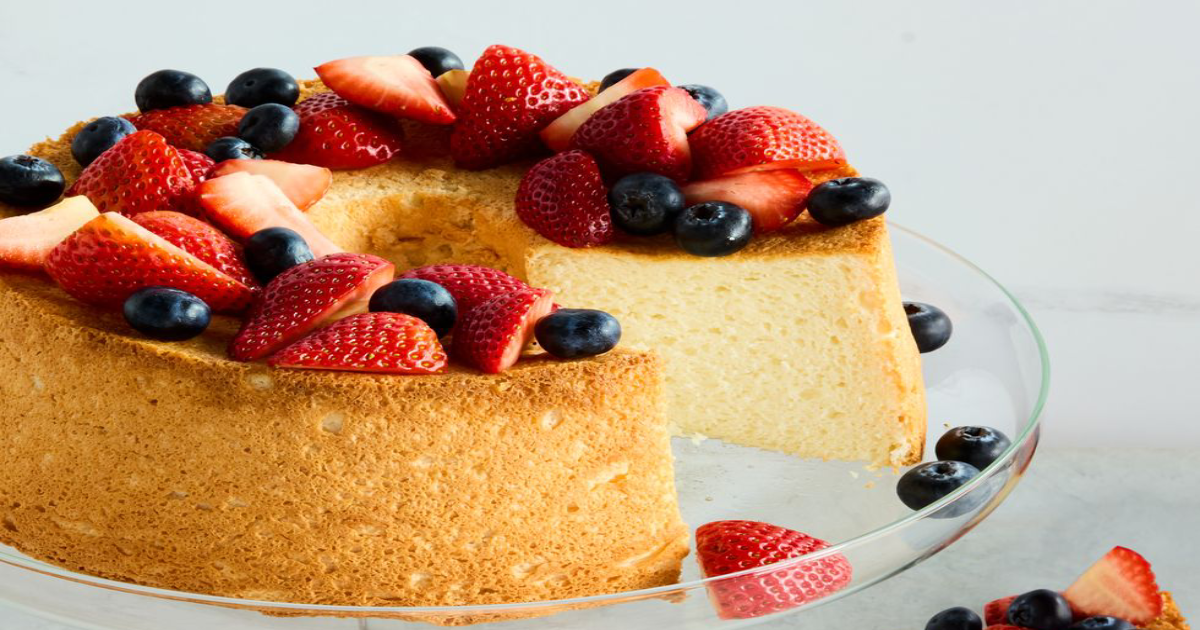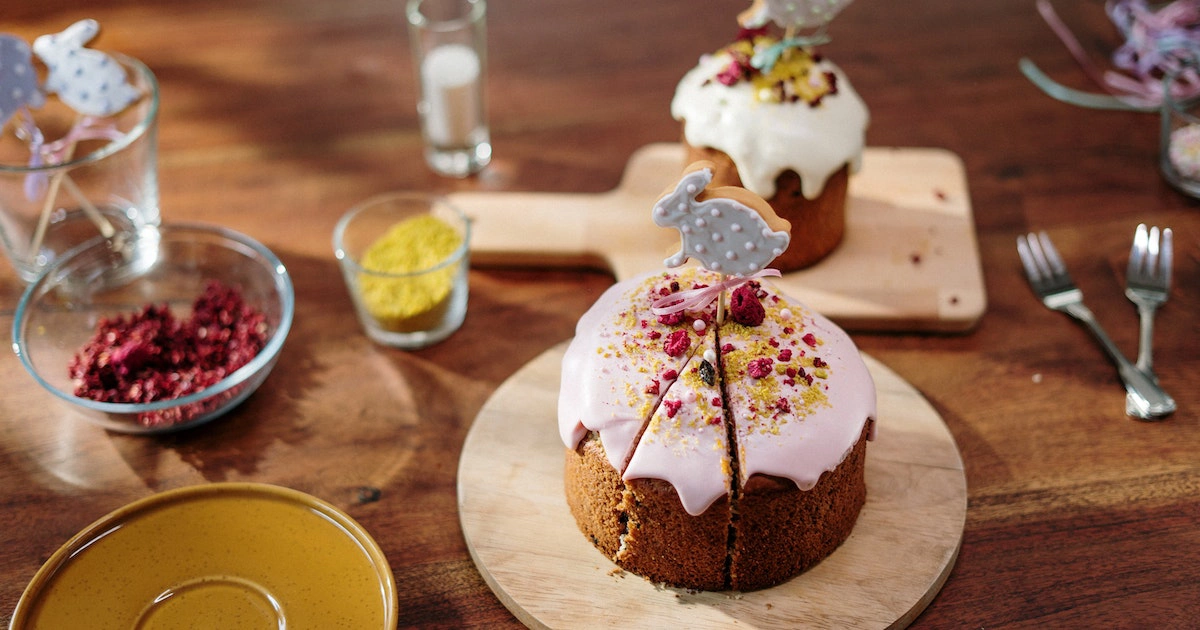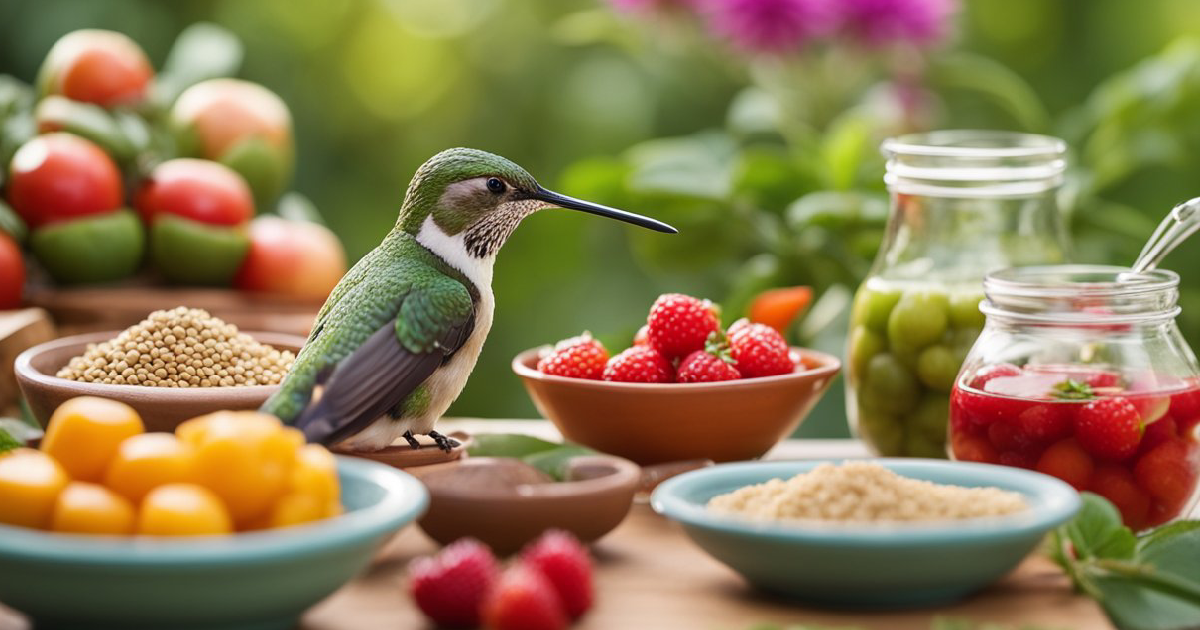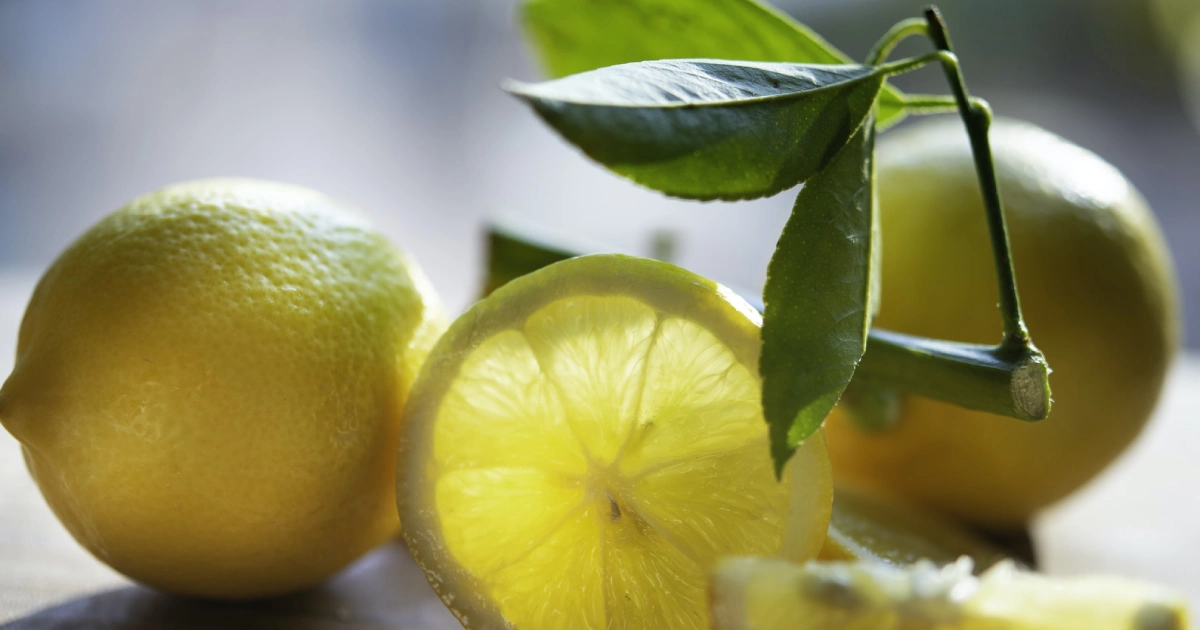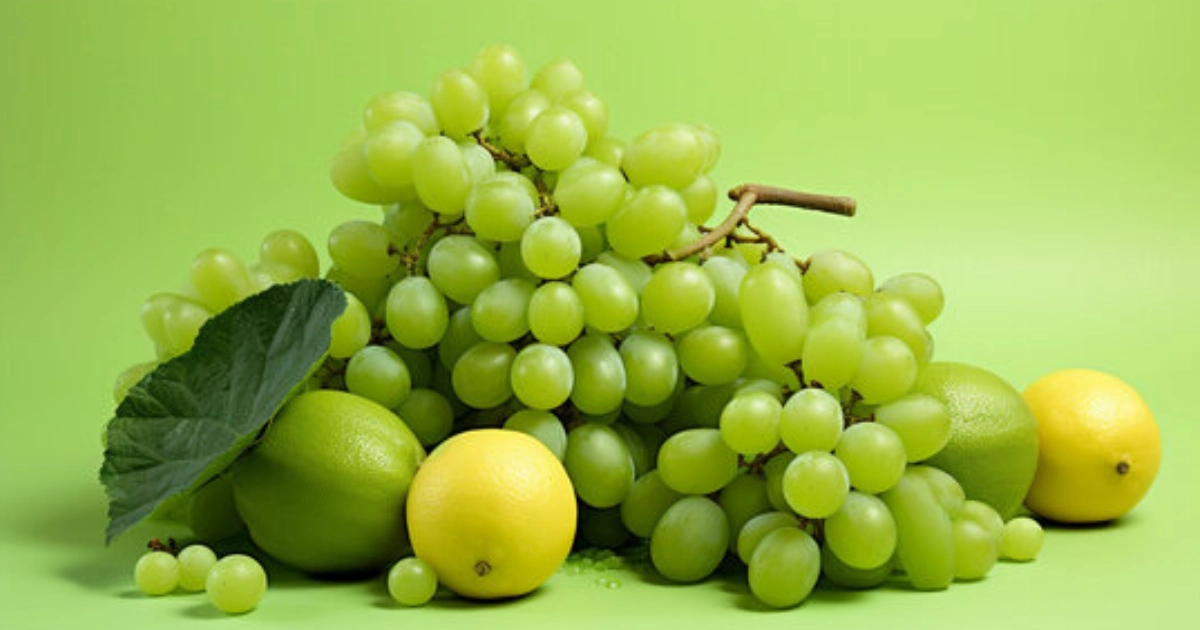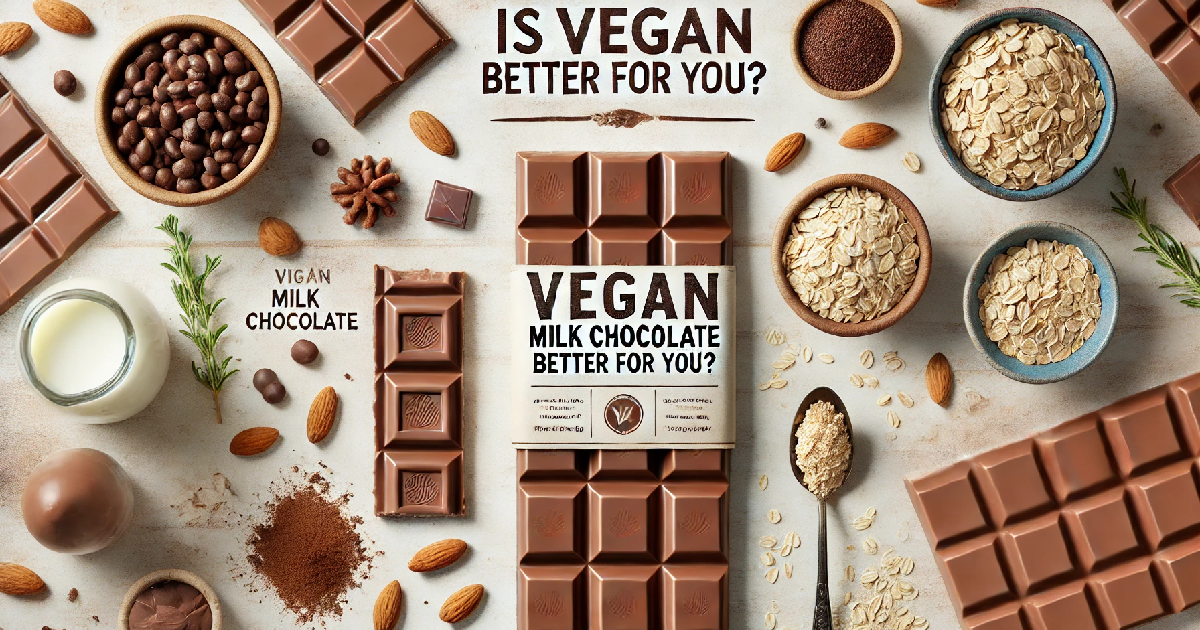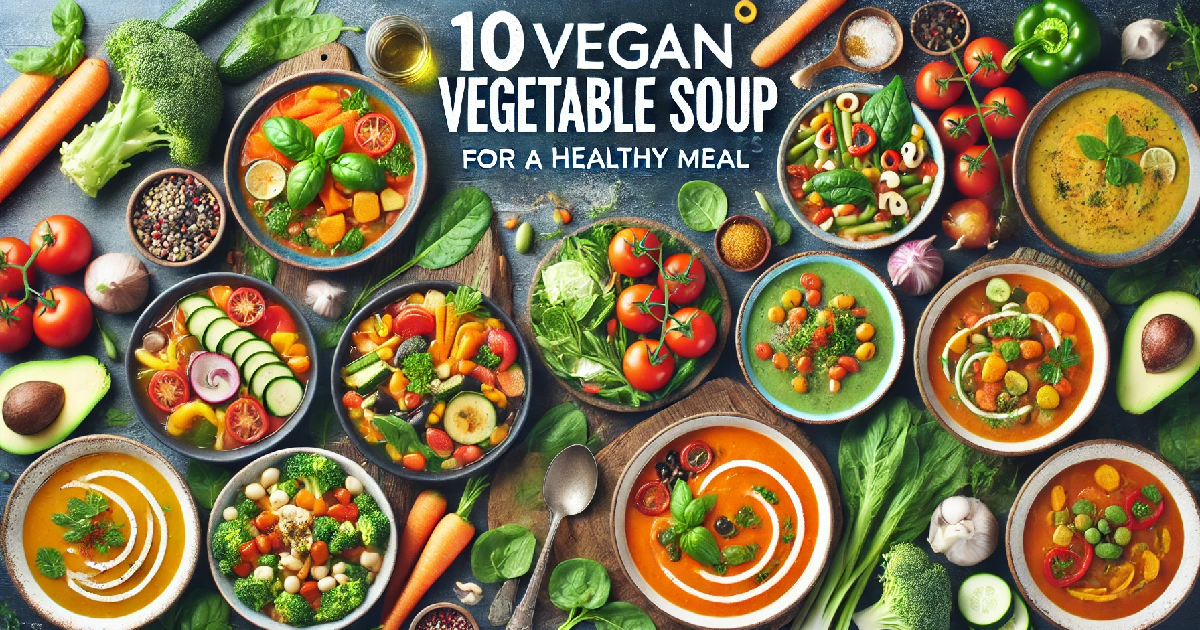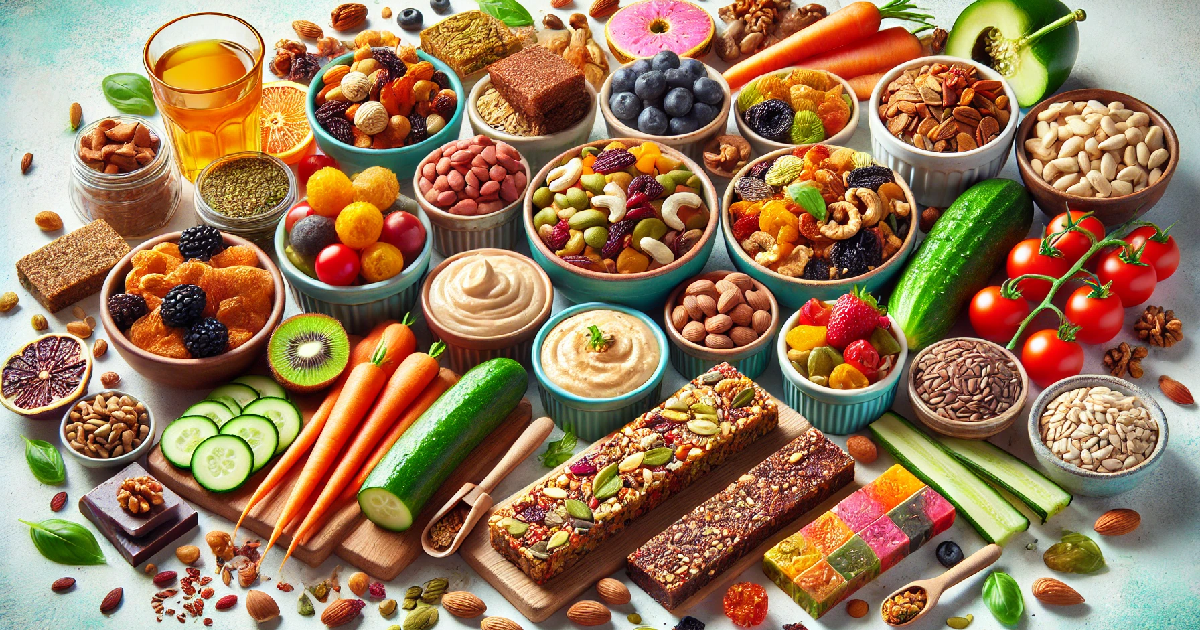Introduction
In a world increasingly focused on health and sustainability, the popularity of vegan milk chocolate has soared. But what exactly is vegan milk chocolate, and why should it matter to you? Whether you’re a health-conscious individual, a dedicated vegan, or simply curious about new culinary trends, understanding the benefits and potential drawbacks of vegan milk chocolate is essential.
Imagine indulging in the rich, creamy taste of milk chocolate without any of the guilt associated with dairy products. Vegan milk chocolate promises just that – a delightful treat that aligns with ethical choices and dietary preferences. But does it live up to the hype? Is it truly a healthier option compared to traditional milk chocolate?
In this blog post, we delve deep into the world of vegan milk chocolate. We’ll explore its ingredients, nutritional profile, and environmental impact. We’ll also address the burning question: Is vegan milk chocolate better for you? By the end, you’ll have a comprehensive understanding of whether this dairy-free delight is worth making the switch. So, grab a piece of your favorite chocolate, sit back, and join us on this delicious journey.
What is Vegan Milk Chocolate?

Vegan milk chocolate is a dairy-free alternative to traditional milk chocolate. It is designed to mimic the creamy texture and rich taste of milk chocolate without using any animal products. This chocolate is becoming increasingly popular among those who follow vegan diets or have dairy allergies and intolerances.
Ingredients in Vegan Milk Chocolate
The primary ingredients in vegan milk chocolate include cocoa solids, cocoa butter, and a plant-based milk substitute. Common plant-based milks used are almond milk, soy milk, rice milk, and oat milk. These milk alternatives provide the creamy texture that is characteristic of milk chocolate.
In addition to these main ingredients, vegan milk chocolate often contains sweeteners such as cane sugar or coconut sugar. Natural flavorings and emulsifiers like lecithin may also be added to enhance texture and flavor. Importantly, vegan milk chocolate does not contain any dairy derivatives such as milk powder or whey.
How Vegan Milk Chocolate is Made
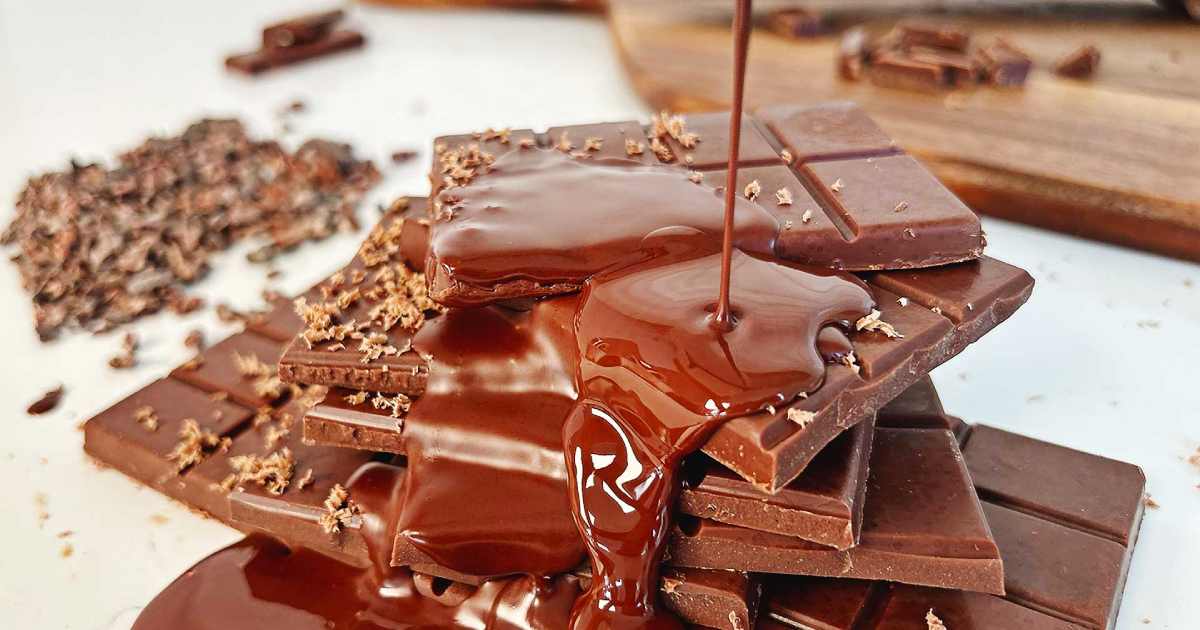
The process of making vegan milk chocolate is similar to that of traditional milk chocolate but with key differences. First, cocoa beans are harvested, fermented, dried, roasted, and then ground into cocoa mass. This mass is then separated into cocoa solids and cocoa butter.
In the next step, the cocoa solids are combined with cocoa butter, a plant-based milk substitute, and sweeteners. This mixture is then refined to achieve a smooth consistency. After refining, the chocolate is conched, which involves heating and aerating to develop flavor and texture.
Finally, the chocolate is tempered to ensure it has a glossy finish and snaps cleanly when broken. The tempered chocolate is then poured into molds and allowed to cool and harden before being packaged.
Differences Between Vegan and Dairy Milk Chocolate
There are several notable differences between vegan milk chocolate and dairy milk chocolate. The most obvious difference is the absence of dairy in vegan milk chocolate. This makes it suitable for vegans and those with lactose intolerance or dairy allergies.
Another difference lies in the flavor and texture. Vegan milk chocolate often has a slightly different taste profile due to the plant-based milk used. For example, almond milk can impart a nutty flavor, while oat milk provides a mild, creamy taste.
Nutritionally, vegan milk chocolate can vary significantly depending on the ingredients used. It often contains less saturated fat compared to dairy milk chocolate. However, it is essential to check the labels, as some vegan chocolates may have added sugars and fats to achieve the desired taste and texture.
Health Benefits of Vegan Milk Chocolate
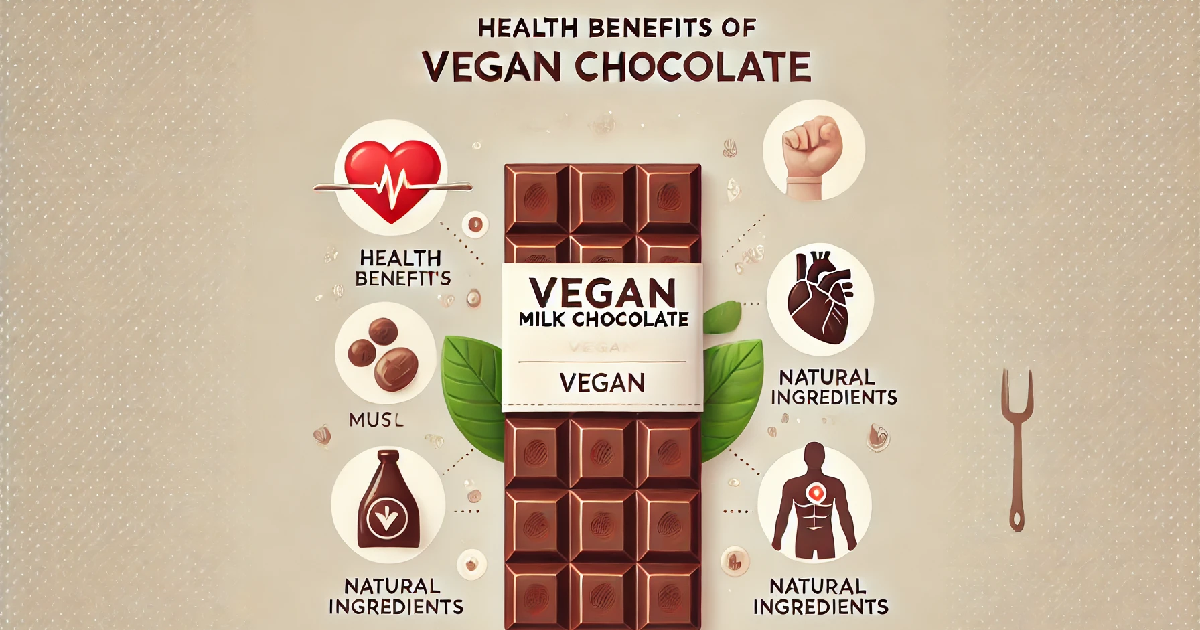
Vegan milk chocolate offers several health benefits that make it an appealing alternative to traditional dairy milk chocolate. These benefits can be attributed to its unique nutritional profile, reduced allergen content, and positive environmental impact. Understanding these advantages can help consumers make informed decisions about their chocolate choices.
Nutritional Profile
The nutritional profile of vegan milk chocolate can be quite different from that of dairy milk chocolate. Vegan milk chocolate often contains fewer saturated fats because it uses plant-based milk alternatives instead of dairy.
In addition, vegan milk chocolate can be rich in antioxidants due to its high cocoa content. These antioxidants, such as flavonoids, can help reduce inflammation and improve heart health. However, it’s important to note that the nutritional content can vary widely depending on the brand and specific ingredients used.
Here is a comparison table highlighting the typical nutritional differences:
| Nutrient | Vegan Milk Chocolate | Dairy Milk Chocolate |
|---|---|---|
| Calories (per 40g) | 200 | 220 |
| Total Fat (g) | 12 | 14 |
| Saturated Fat (g) | 6 | 9 |
| Cholesterol (mg) | 0 | 10 |
| Carbohydrates (g) | 24 | 25 |
| Sugar (g) | 15 | 22 |
| Fiber (g) | 3 | 1 |
| Protein (g) | 3 | 4 |
Allergies and Intolerances
Vegan milk chocolate is an excellent option for individuals with dairy allergies or lactose intolerance. Since it is made without any dairy products, it eliminates the risk of adverse reactions for these individuals.
Moreover, many vegan chocolates are free from other common allergens such as gluten and nuts, although it’s always essential to check the labels. This makes vegan milk chocolate a safer choice for those with multiple food sensitivities.
Environmental Impact
The production of vegan milk chocolate generally has a lower environmental impact compared to dairy milk chocolate. Dairy farming is resource-intensive, requiring significant amounts of water, land, and feed. It also contributes to greenhouse gas emissions and deforestation.
In contrast, plant-based milk alternatives used in vegan milk chocolate typically require fewer resources to produce. For example, almond milk uses less water than cow’s milk, and oat milk has a lower carbon footprint. By choosing vegan milk chocolate, consumers can reduce their environmental footprint and support more sustainable agricultural practices.
Potential Drawbacks of Vegan Milk Chocolate
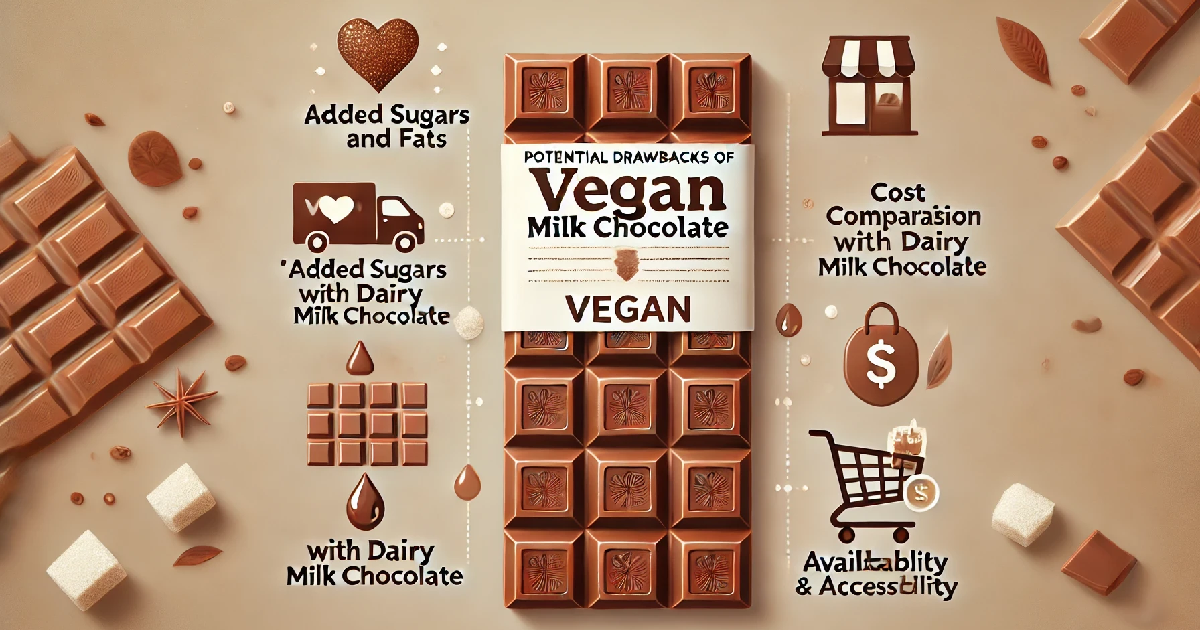
While vegan milk chocolate offers several benefits, it also has potential drawbacks. These include concerns about added sugars and fats, higher costs compared to dairy milk chocolate, and issues with availability and accessibility. Understanding these drawbacks can help consumers make more informed choices.
Added Sugars and Fats
One of the main concerns with vegan milk chocolate is the potential for added sugars and fats. To achieve a similar taste and texture to dairy milk chocolate, manufacturers may add more sugar and fat to vegan versions.
This can lead to a higher calorie content and less healthy profile. It’s crucial for consumers to read labels and choose products with lower sugar and fat content. Moderation is key to enjoying vegan milk chocolate as part of a balanced diet.
Cost Comparison with Dairy Milk Chocolate
Another drawback of vegan milk chocolate is its cost. Vegan products, including milk chocolate, often come with a higher price tag compared to their dairy counterparts.
This is due to several factors, including the cost of plant-based ingredients and smaller production scales. Consumers looking for vegan milk chocolate may need to budget for this higher expense, which can be a barrier for some.
Here is a comparison table illustrating the typical cost differences:
| Product | Average Price (per 100g) |
|---|---|
| Vegan Milk Chocolate | $4.50 |
| Dairy Milk Chocolate | $2.50 |
Availability and Accessibility
Availability and accessibility of vegan milk chocolate can also be a challenge. While it is becoming more popular, it is still not as widely available as dairy milk chocolate.
Consumers may need to visit specialty stores or shop online to find a variety of vegan milk chocolate products. This can be inconvenient and may limit options for some people, especially those in rural areas.
Despite these challenges, the growing demand for vegan products is gradually improving availability. As the market expands, it is likely that vegan milk chocolate will become more accessible and affordable.
Taste and Texture of Vegan Milk Chocolate
The taste and texture of vegan milk chocolate are important factors for many consumers. While some might be skeptical about how it compares to traditional dairy milk chocolate, others are pleasantly surprised by the quality of vegan alternatives. This section will explore these comparisons and highlight popular brands and products.
Comparing with Dairy Milk Chocolate
When comparing vegan milk chocolate with dairy milk chocolate, there are noticeable differences in taste and texture. Dairy milk chocolate is known for its creamy, rich flavor, which comes from the milk fat.
Vegan milk chocolate, on the other hand, uses plant-based milks such as almond, oat, or soy. These substitutes can create a different, yet still enjoyable, flavor profile. Some vegan chocolates may have a slight nutty or earthy taste, depending on the plant-based milk used.
Texture is another area where differences can be observed. Dairy milk chocolate is often smooth and melts easily in the mouth. Vegan milk chocolate aims to replicate this texture, and many brands have successfully achieved a creamy, melt-in-your-mouth experience. However, some vegan chocolates may be slightly grainier or less smooth, depending on the ingredients and manufacturing process.
Popular Brands and Products
Several brands have emerged as leaders in the vegan milk chocolate market. These brands have developed high-quality products that are widely praised by consumers.
- Endangered Species Chocolate offers a variety of vegan milk chocolate bars. Their products are known for their rich flavor and commitment to sustainability.
- Lindt has also ventured into the vegan market with their “Hello” line, which includes creamy vegan milk chocolate options.
- Divine Chocolate provides a range of vegan milk chocolate bars that are fair-trade certified, ensuring ethical sourcing of ingredients.
- NOMO (No Missing Out) is another popular brand known for its creamy vegan milk chocolate bars and buttons.
These brands have made significant strides in creating vegan milk chocolate that satisfies both taste and texture expectations. Their products are increasingly available in mainstream stores, making it easier for consumers to find and enjoy them.
Here is a comparison table of popular vegan milk chocolate brands:
| Brand | Product Name | Notable Features |
|---|---|---|
| Endangered Species | Oat Milk + Dark Chocolate | Sustainable, rich flavor |
| Lindt | Hello Vegan | Creamy texture, widely available |
| Divine Chocolate | Vegan Milk Chocolate Bars | Fair-trade certified, various flavors |
| NOMO | Creamy Chocolate Bars | Nut-free, melt-in-your-mouth experience |
Popular Vegan Milk Chocolate Brands

As the demand for vegan products grows, several brands have established themselves as top contenders in the vegan milk chocolate market. These brands offer a range of products that cater to different tastes and preferences. In this section, we’ll explore some of the top vegan milk chocolate bars, the best vegan milk chocolate chips, and where to buy vegan milk chocolate near you.
Top Vegan Milk Chocolate Bars
Many brands have perfected the art of making delicious vegan milk chocolate bars. These bars offer a creamy texture and rich flavor, rivaling traditional milk chocolate.
Endangered Species Chocolate is renowned for its Oat Milk + Dark Chocolate bar, which combines the smoothness of oat milk with the richness of dark chocolate. This bar is not only delicious but also ethically sourced and sustainable.
Lindt has introduced its “Hello” line of vegan milk chocolate bars. These bars are known for their creamy texture and come in various flavors, making them a popular choice among vegan chocolate lovers.
Divine Chocolate offers a range of vegan milk chocolate bars that are fair-trade certified. Their products are known for their ethical sourcing and high-quality ingredients, ensuring a guilt-free indulgence.
NOMO (No Missing Out) has made a name for itself with its creamy vegan milk chocolate bars. These bars are nut-free, making them suitable for those with nut allergies while providing a delightful melt-in-your-mouth experience.
Best Vegan Milk Chocolate Chips
Vegan milk chocolate chips are a versatile ingredient for baking and snacking. Several brands have developed high-quality vegan chocolate chips that are perfect for various culinary uses.
Enjoy Life is a popular brand offering dairy-free chocolate chips. Their mini chips and mega chunks are free from common allergens, making them a safe choice for many consumers.
Lily’s Sweets provides stevia-sweetened vegan chocolate chips. These chips are perfect for those looking to reduce their sugar intake while still enjoying delicious chocolate.
Pascha Chocolate offers organic and fair-trade vegan chocolate chips. These chips are known for their high-quality ingredients and rich flavor, making them a favorite among health-conscious consumers.
Where to Buy Vegan Milk Chocolate Near Me
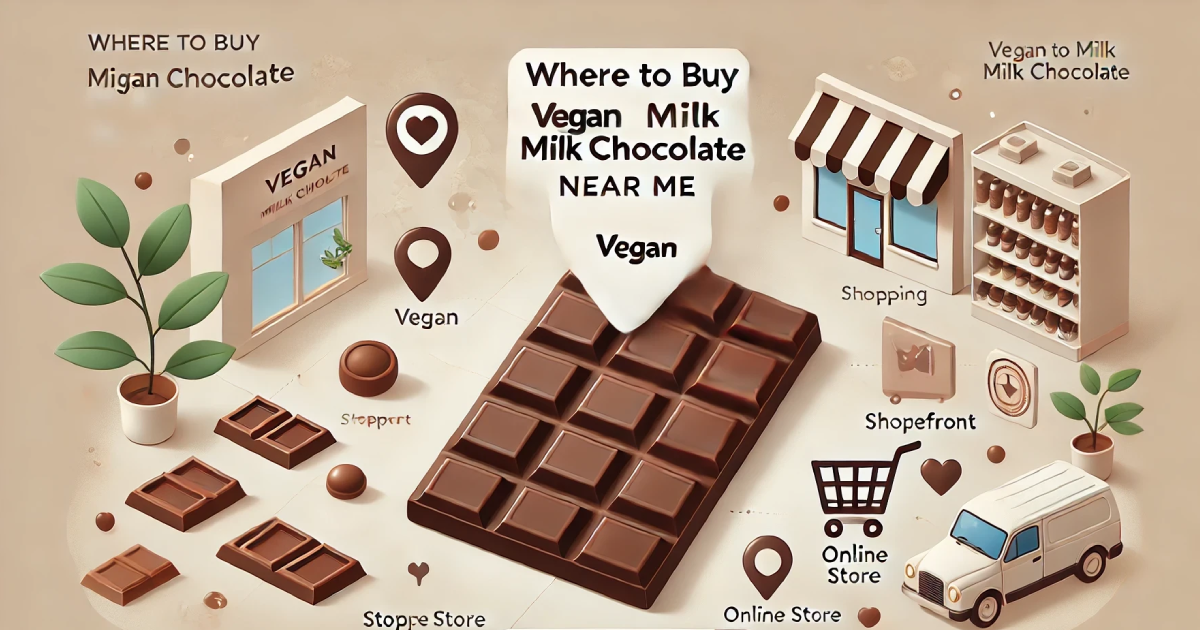
Finding vegan milk chocolate has become easier as demand increases. Many stores now stock a variety of vegan chocolate products, and several online retailers offer extensive selections.
Local health food stores and specialty grocery stores often carry a range of vegan milk chocolate options. Stores like Whole Foods, Sprouts, and Trader Joe’s are known for their diverse selections.
Online retailers such as Amazon, Thrive Market, and Vegan Essentials provide convenient access to a wide variety of vegan milk chocolate products. These platforms offer detailed product descriptions and customer reviews to help you make informed choices.
Additionally, many of the brands mentioned above have their own websites where you can purchase their products directly. This can be a great way to find exclusive deals and new product releases.
Here is a table summarizing where to buy popular vegan milk chocolate brands:
| Retailer | Availability |
|---|---|
| Whole Foods | In-store, Online |
| Sprouts | In-store |
| Trader Joe’s | In-store |
| Amazon | Online |
| Thrive Market | Online |
| Vegan Essentials | Online |
| Brand Websites | Direct Purchase |
Making Your Own Vegan Milk Chocolate
Creating your own vegan milk chocolate at home can be a fun and rewarding experience. It allows you to control the ingredients and customize the flavors to your liking. This section will provide a simple vegan milk chocolate recipe, list the ingredients needed, and offer a step-by-step guide to making delicious homemade vegan milk chocolate.
Simple Vegan Milk Chocolate Recipe
Making vegan milk chocolate at home is surprisingly easy and requires only a few ingredients. The basic recipe involves melting cocoa butter, mixing it with cocoa powder and a sweetener, and adding a plant-based milk powder.
Here’s a straightforward recipe to get you started:
- Ingredients:
- 1 cup cocoa butter
- 1 cup cocoa powder
- 1/2 cup powdered coconut milk (or any plant-based milk powder)
- 1/2 cup maple syrup or agave nectar
- 1 teaspoon vanilla extract
- A pinch of salt
Ingredients Needed for Homemade Vegan Milk Chocolate
Each ingredient plays a crucial role in achieving the perfect taste and texture for your vegan milk chocolate. Cocoa butter provides the creamy base, while cocoa powder adds the rich chocolate flavor.
The plant-based milk powder is essential for mimicking the creaminess of traditional milk chocolate. Sweeteners like maple syrup or agave nectar enhance the flavor without the need for refined sugars. Vanilla extract and a pinch of salt round out the flavor profile.
Here’s a quick overview of the ingredients:
- Cocoa Butter: Adds creaminess and a smooth texture.
- Cocoa Powder: Provides the chocolate flavor.
- Powdered Coconut Milk: Adds creaminess (alternative options include almond or soy milk powder).
- Maple Syrup/Agave Nectar: Natural sweeteners.
- Vanilla Extract: Enhances flavor.
- Salt: Balances the sweetness and enhances the chocolate flavor.
Step-by-Step Guide to Making Vegan Milk Chocolate
Follow these simple steps to make your own vegan milk chocolate at home:
- Melt the Cocoa Butter: Place the cocoa butter in a heatproof bowl and melt it over a pot of simmering water (double boiler method). Stir occasionally until fully melted.
- Mix in the Cocoa Powder: Remove the bowl from heat and sift the cocoa powder into the melted cocoa butter. Whisk until smooth and fully combined.
- Add the Sweetener: Gradually add the maple syrup or agave nectar while stirring continuously. Ensure the mixture is smooth and well incorporated.
- Incorporate the Milk Powder: Sift the powdered coconut milk into the mixture, whisking constantly to avoid lumps. Continue stirring until the mixture is creamy and smooth.
- Add Flavorings: Stir in the vanilla extract and a pinch of salt. Mix thoroughly to ensure an even distribution of flavors.
- Pour and Set: Pour the chocolate mixture into silicone molds or a lined baking dish. Tap the mold gently to remove any air bubbles.
- Cool and Harden: Place the molds in the refrigerator for at least 2 hours, or until the chocolate is fully set and hardened.
- Enjoy: Once the chocolate is set, remove it from the molds and enjoy your homemade vegan milk chocolate. Store any leftovers in an airtight container in the refrigerator.
Here’s a summary table of the steps:
| Step | Description |
|---|---|
| Melt the Cocoa Butter | Double boiler method |
| Mix in the Cocoa Powder | Whisk until smooth |
| Add the Sweetener | Stir continuously |
| Incorporate the Milk Powder | Sift and whisk to avoid lumps |
| Add Flavorings | Stir in vanilla and salt |
| Pour and Set | Use silicone molds, tap to remove bubbles |
| Cool and Harden | Refrigerate for at least 2 hours |
| Enjoy | Remove from molds, store in fridge |
Exploring Vegan Chocolate Options
The world of vegan chocolate offers a variety of delicious options for those seeking dairy-free treats. From chocolates that taste remarkably like milk chocolate to surprisingly vegan products, there’s something for everyone. This section explores which vegan chocolate tastes the most like milk, what chocolates are surprisingly vegan, and famous chocolates that are vegan.
Which Vegan Chocolate Tastes the Most Like Milk?
Many people transitioning to a vegan diet worry about missing out on the creamy taste of milk chocolate. Fortunately, several vegan chocolates mimic the taste and texture of traditional milk chocolate very closely.
Endangered Species Oat Milk + Dark Chocolate is a favorite among consumers. The combination of oat milk and dark chocolate creates a creamy, smooth texture that closely resembles milk chocolate.
Lindt’s Hello Vegan Line also offers a variety of flavors that are rich and creamy, providing a satisfying alternative to traditional milk chocolate. These chocolates are praised for their smooth melt-in-your-mouth quality, making them an excellent choice for those craving the milk chocolate experience.
What Chocolate is Surprisingly Vegan?
Some chocolates are surprisingly vegan, meaning they contain no animal products despite not being explicitly marketed as vegan. This can be a delightful discovery for those seeking dairy-free options.
Oreos, for instance, are a popular cookie that is vegan by ingredient, though they are processed in facilities that handle dairy. Similarly, Biscoff Cookies and Lotus Biscoff Spread are vegan, offering a sweet, caramel-like flavor.
Dark Chocolate Varieties from brands like Lindt (70% and above) and Green & Black’s Organic Dark Chocolate are also often vegan. These chocolates provide a rich, intense flavor without any dairy ingredients.
Famous Chocolates That Are Vegan

Several well-known chocolate brands offer vegan options that cater to the growing demand for plant-based treats. These famous chocolates are widely recognized and loved for their quality and taste.
Enjoy Life is a brand dedicated to allergen-free foods, and their vegan chocolate bars and chips are highly regarded. Their products are free from the top eight allergens, making them a safe and delicious choice.
Theo Chocolate offers a range of vegan chocolate bars, including dark chocolate and unique flavor combinations like raspberry and almond. Their commitment to organic and fair-trade practices adds to their appeal.
Alter Eco provides an array of vegan chocolate bars that are organic and fair-trade certified. Their dark chocolate quinoa crunch bar is a standout, offering a crunchy texture and rich flavor.
Here is a summary table of some famous vegan chocolates:
| Brand | Product Name | Notable Features |
|---|---|---|
| Endangered Species | Oat Milk + Dark Chocolate | Creamy, rich texture |
| Lindt | Hello Vegan Line | Smooth, melt-in-your-mouth quality |
| Enjoy Life | Vegan Chocolate Bars and Chips | Allergen-free, delicious |
| Theo Chocolate | Dark Chocolate Bars | Organic, fair-trade, unique flavors |
| Alter Eco | Dark Chocolate Quinoa Crunch | Organic, fair-trade, crunchy texture |
Conclusion
Is vegan milk chocolate better for you? The answer depends on individual preferences and dietary needs. Vegan milk chocolate offers numerous health benefits, especially for those with dairy allergies or lactose intolerance, and contributes to a lower environmental footprint. However, it’s essential to be mindful of added sugars and fats and the higher cost associated with these products.
Ultimately, the decision to switch to vegan milk chocolate is a personal one. It’s worth trying different brands and recipes to find what suits your taste and lifestyle best. The evolving world of vegan products provides an exciting opportunity to enjoy delicious treats while making more ethical and health-conscious choices.
As we continue to seek balance in our diets and impact on the planet, vegan milk chocolate presents a sweet possibility. Whether you are a devoted vegan or simply curious, give vegan milk chocolate a try and decide for yourself. You might discover a new favorite indulgence that aligns with your values and health goals.
FAQs about Vegan Milk Chocolate
1. Is vegan milk chocolate healthier than regular milk chocolate?
Whether vegan milk chocolate is healthier than regular milk chocolate depends on the specific products and their ingredients. Generally, vegan milk chocolate may contain fewer saturated fats due to the absence of dairy. However, some vegan chocolates can have higher sugar content to compensate for the lack of dairy fat. It’s essential to compare nutritional labels and choose products with lower sugar and fat content for a healthier option.
2. Can vegan milk chocolate be part of a balanced diet?
Yes, vegan milk chocolate can be part of a balanced diet when consumed in moderation. It can provide a satisfying treat while offering the benefits of antioxidants found in cocoa. To incorporate it healthily, consider pairing it with fruits or nuts and be mindful of portion sizes. Opting for vegan chocolates with higher cocoa content and lower added sugars can also help maintain a balanced diet.
3. Are there any allergens in vegan milk chocolate?
While vegan milk chocolate is free from dairy, it can still contain other common allergens. Some vegan chocolates may include ingredients like nuts, soy, or gluten. It’s crucial to read labels carefully if you have food allergies. Many brands offer allergen-free options, so look for those specifically labeled as free from the allergens you need to avoid.
4. Does vegan milk chocolate taste the same as regular milk chocolate?
Vegan milk chocolate can taste similar to regular milk chocolate, but there are some differences. The plant-based milk used, such as almond, oat, or soy milk, can impart a slightly different flavor. Additionally, the texture might vary slightly, with some vegan chocolates being less creamy than their dairy counterparts. However, many brands have perfected their recipes, resulting in vegan milk chocolates that closely mimic the taste and texture of traditional milk chocolate.
5. Where can I buy vegan milk chocolate?
Vegan milk chocolate is becoming increasingly available in both physical stores and online. You can find a variety of options at health food stores, specialty grocery stores, and larger supermarket chains like Whole Foods, Sprouts, and Trader Joe’s. Online retailers such as Amazon, Thrive Market, and Vegan Essentials offer extensive selections and convenient delivery options. Additionally, many popular vegan chocolate brands have their own websites where you can purchase their products directly.


